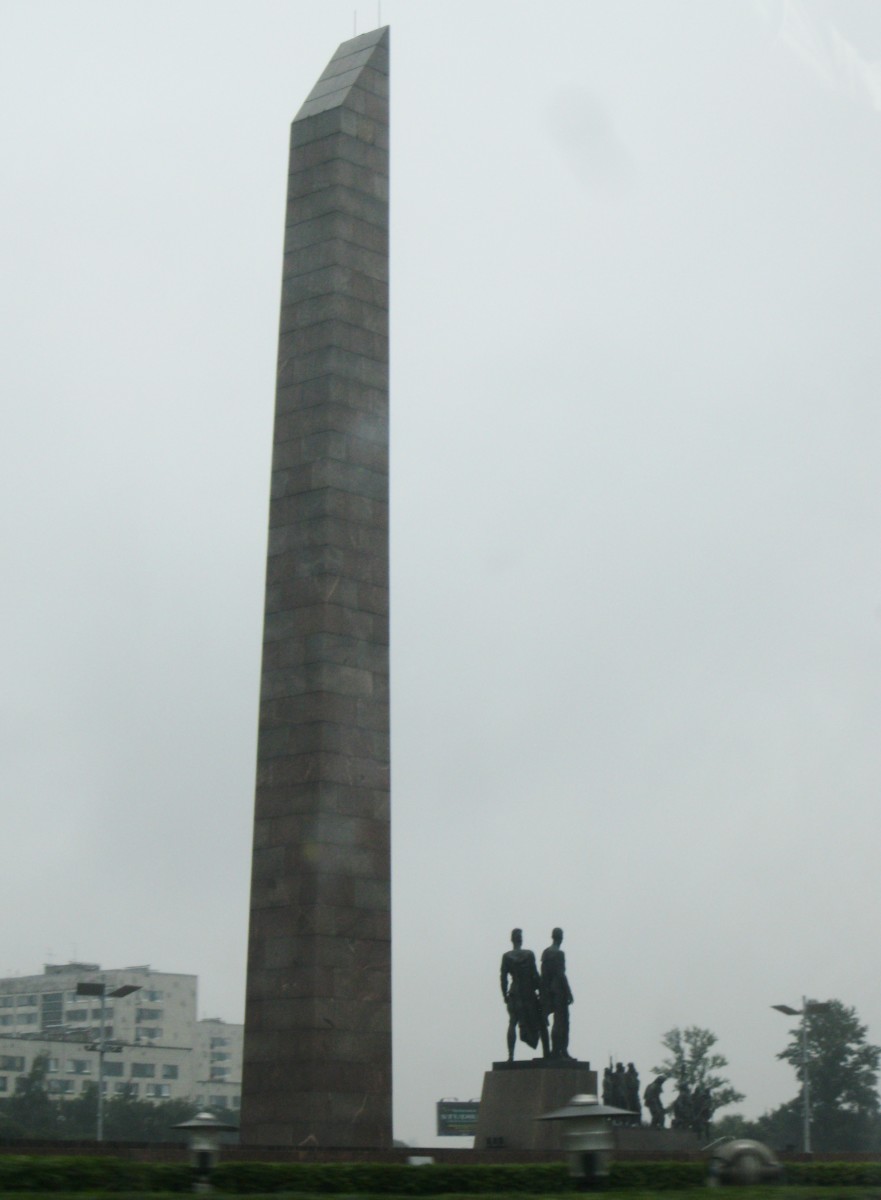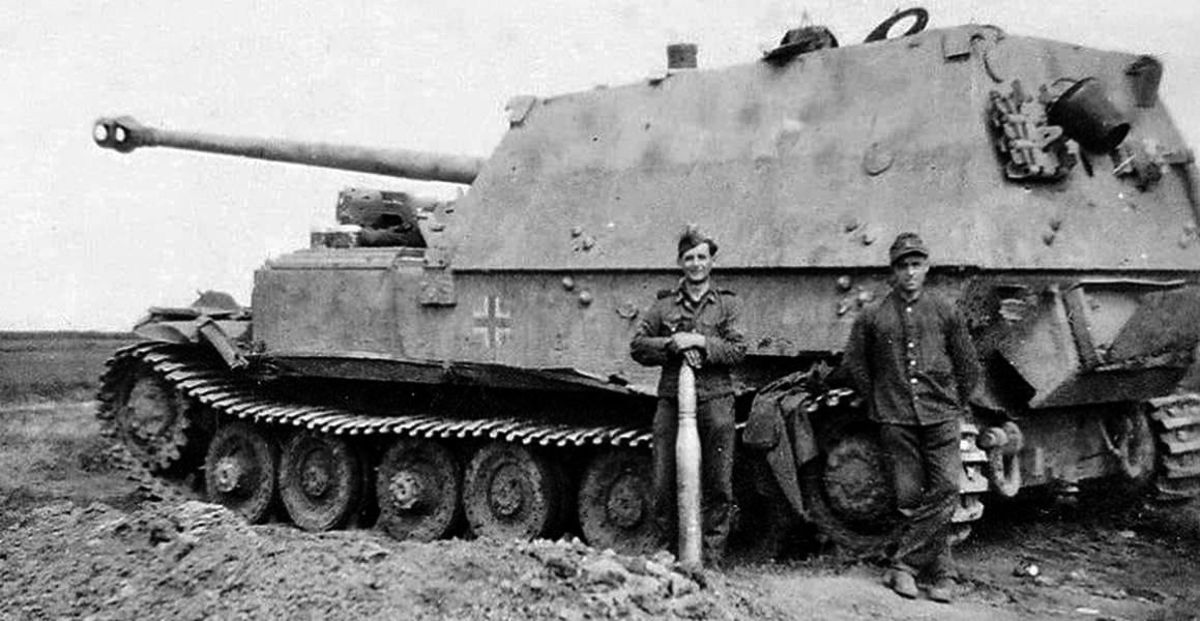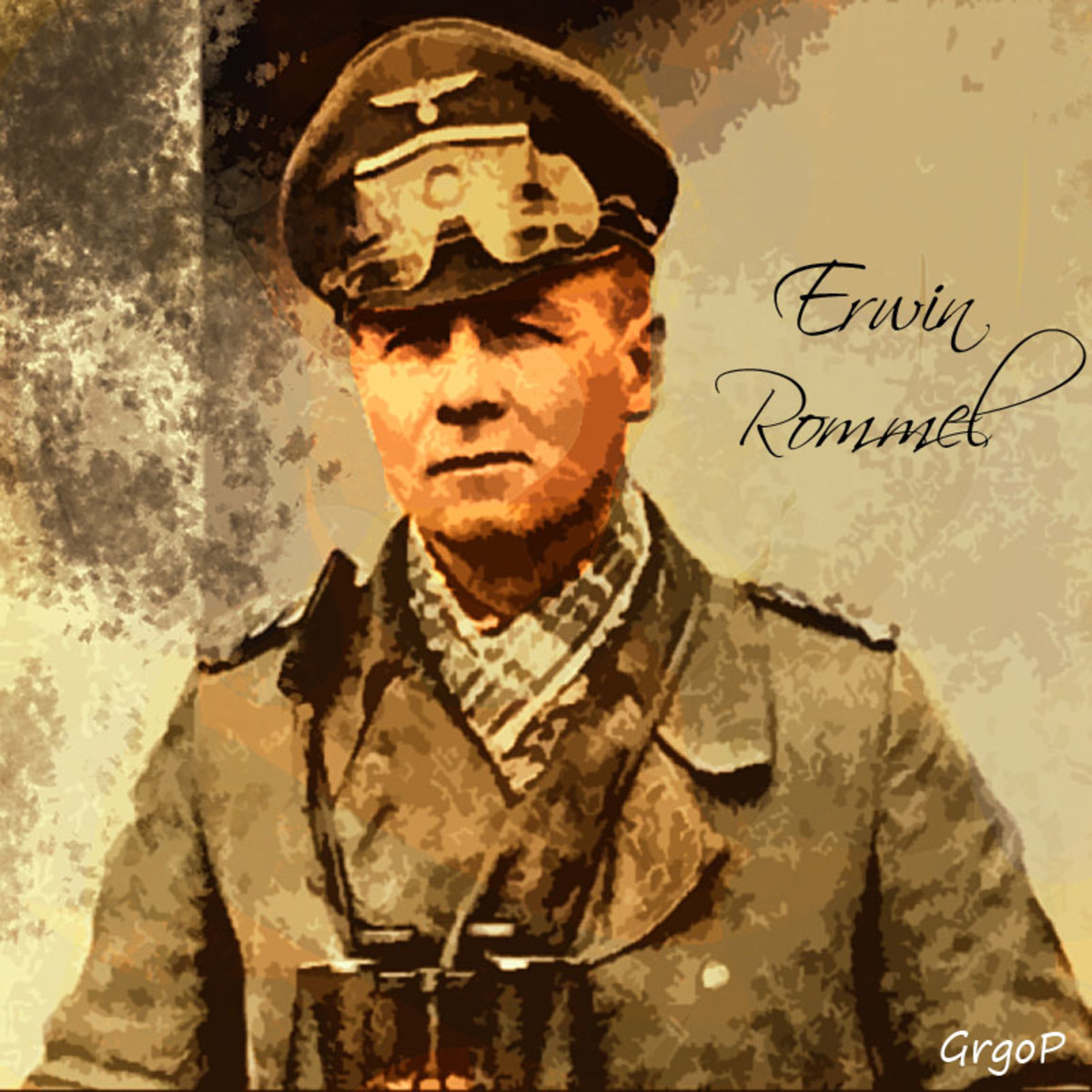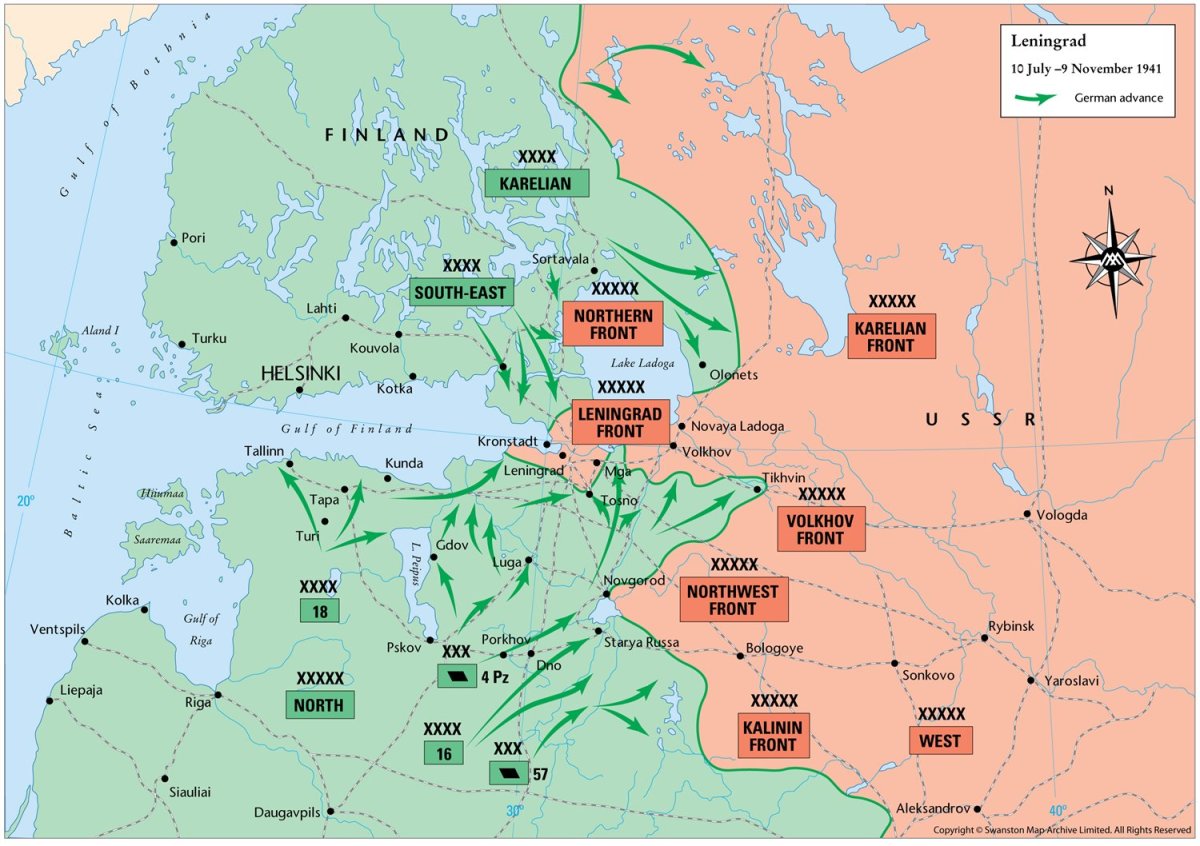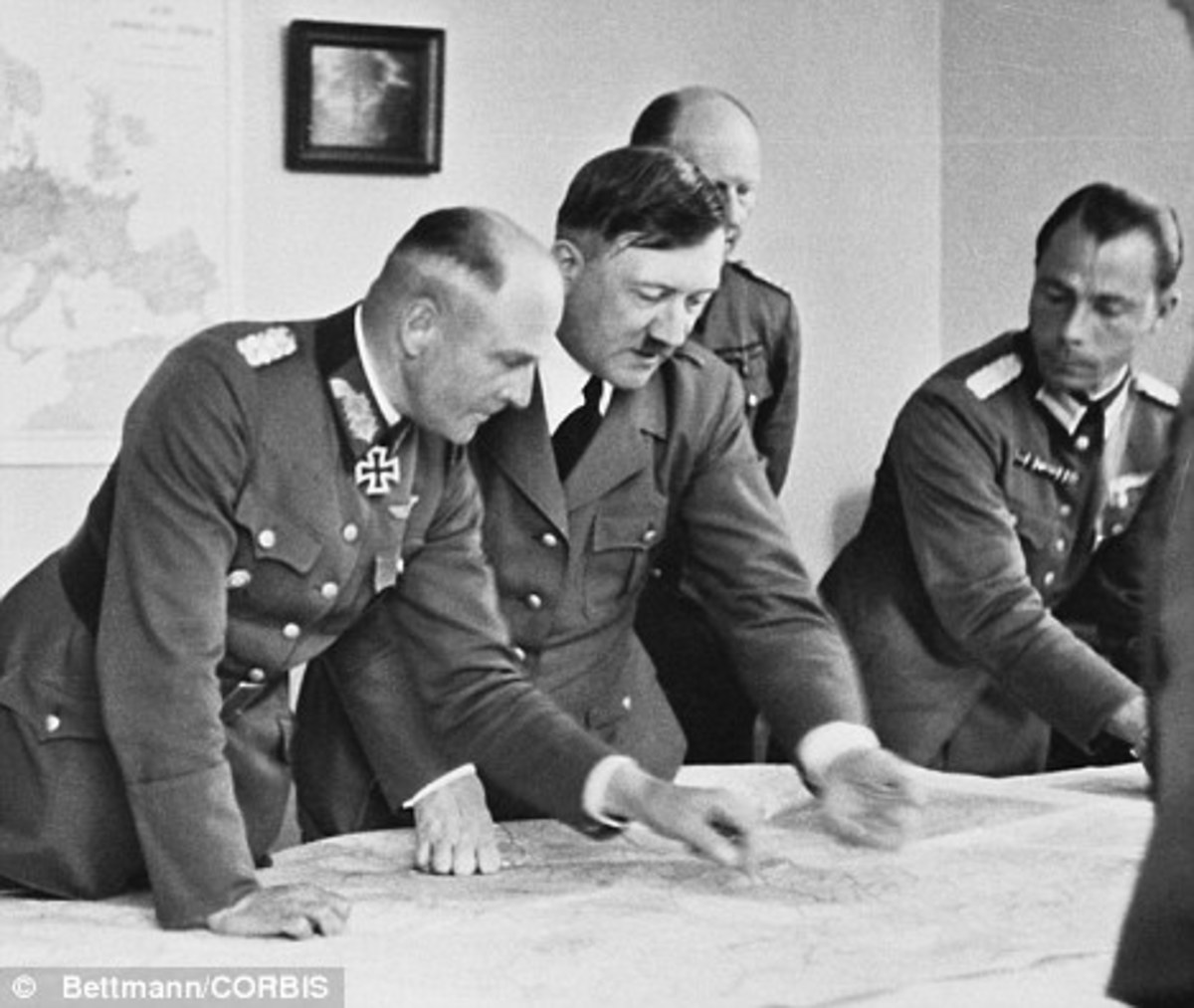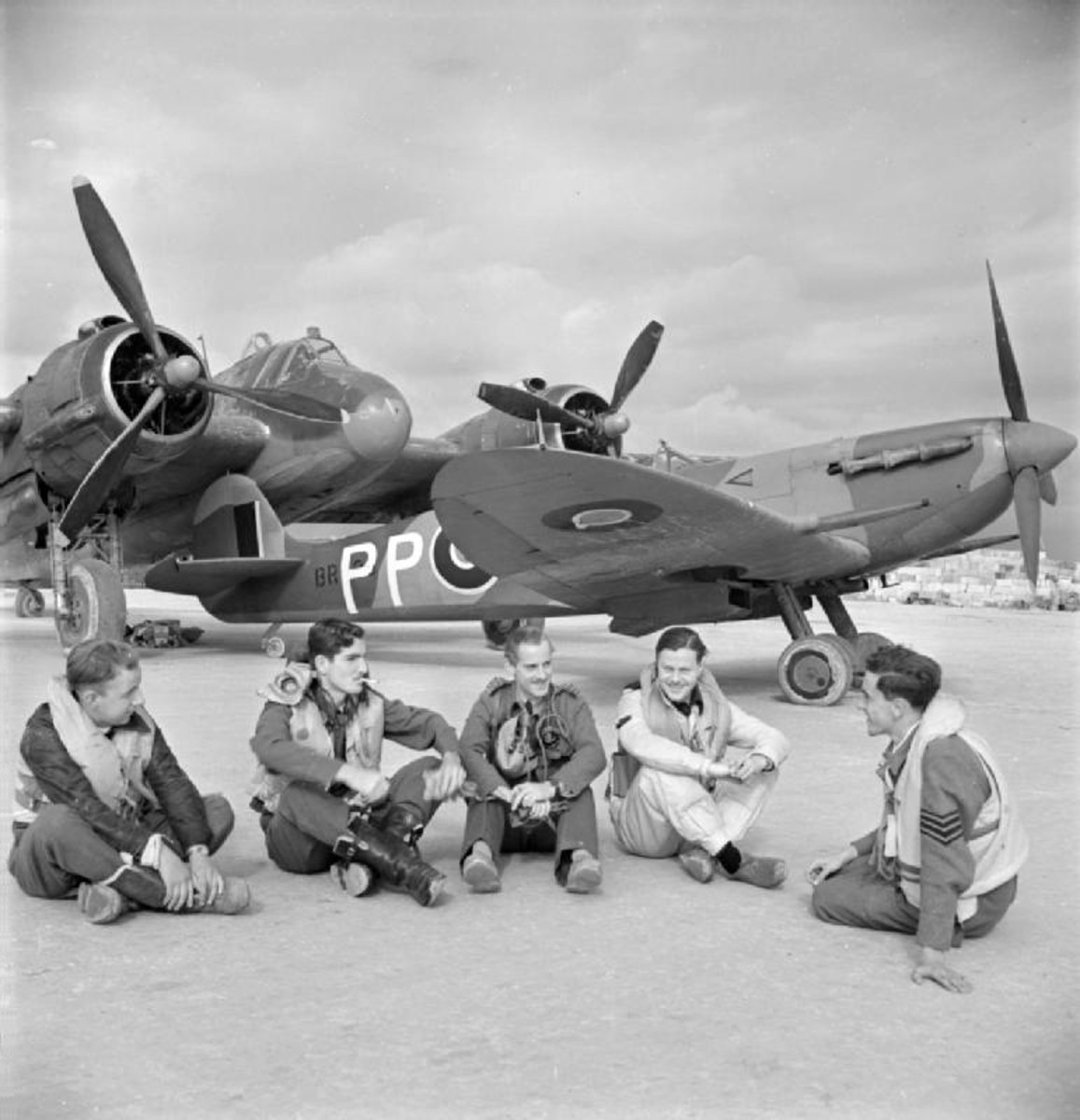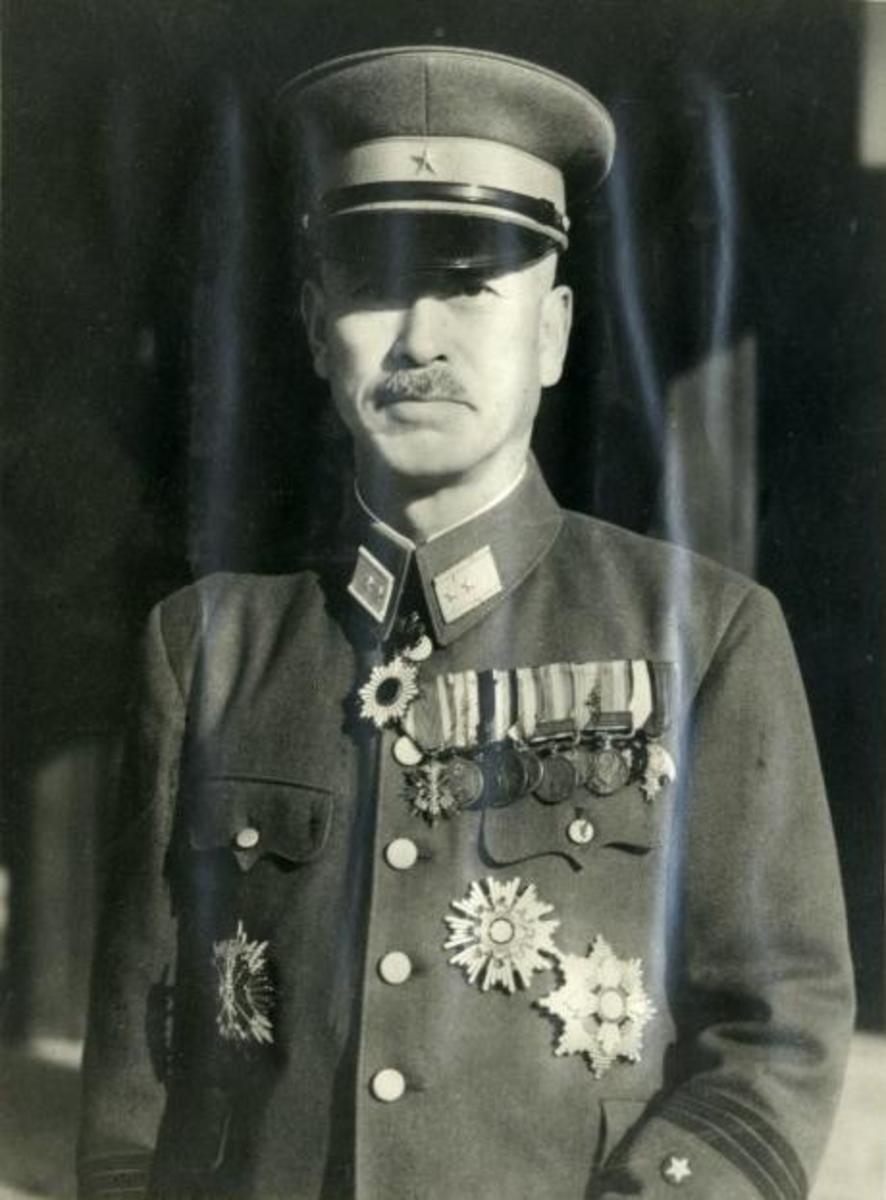- HubPages»
- Education and Science»
- History & Archaeology»
- History of the Modern Era»
- Twentieth Century History»
- World War II
The Epic Siege of Leningrad Duding World War Ii
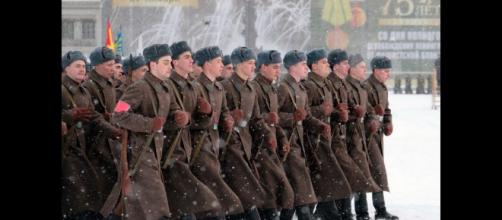
Background.
The city of Leningrad is now not marked on the map of the world or for that matter in Russia. In other words, Leningrad does not exist on contemporary maps. After the collapse of communism in 1989, the new Russian state, much truncated from the old USSR decided to change the name of Leningrad back to Saint Petersburg. This was the name used during the days of Czarist Russia. Despite the change of name from Leningrad to Saint Petersburg the city remains associated with the defence against the army of Adolf Hitler. During communist rule, Saint Petersburg had been renamed as Leningrad in honor of the leader of the Soviet revolution in 1917 -Vladimir Lenin.
The genesis of the conflict between Germany and Russis lay in the seeds of philosophy. The Nazi party had developed racial policies which considered the Slav's as inferior people. Adolf Hitler had earlier enunciated that the German people would be needing space in the east and he visualized vast colonization of Russia and East Europe. The Russians being Slav were thus as per Hitler to be treated as slaves.
Hitler was conscious of the difficulty of fighting on a two-front war. Accordingly, he decided to have a temporary truce with Russia and signed a nonaggression pact in 1938. The Russian Foreign Minister Molotov came to Berlin and signed the pact. The world was surprised at this development and more important it secured the eastern front for Hitler till he sorted out France. After the defeat of France, Hitler turned his attention to the Soviet Union. In between, he toyed with the idea of invading Britain but gave it up as that was a low priority for him.
The peace between Russia and Germany was however not destined to last as Hitler had made up his mind of destroying the Soviet Union. Russia at that time was led by Josef Stalin, a man as determined and ruthless as Hitler. He grievously underestimated the German threat. He did not expect a German attack and his army was caught with its pants down.
On 22nd June 1941, 3 German Army groups attacked Russia. This consisted of more than 2.5 million soldiers replete with supporting power of Panzers, guns, and aircraft. Such a force dwarfed the invasions of Genghis Khan. The Russians and Stalin were surprised and suffered massive defeats.
The invasion of Russia was also inevitable as both Stalin and Hitler looked to dominate the world The difference was also in the philosophy. Russia put forward the communist theory of Karl Marx and " Dictatorship of the Proletariat". Hitler, on the other hand, subscribed to a theory of National Socialism, which in effect was a race theory that propagated the German people as a super race.
The German armies made swift progress and by end 1941, were deep in Russia and were within 30 miles of Moscow. They had also converged on Leningrad the other important city
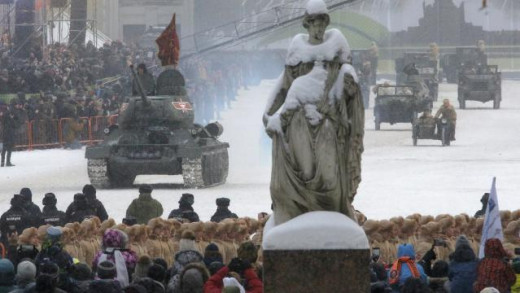
The Siege
Adolf Hitler had designated Field Marshal Wilhelm Von Leeb as commander of army group North. This group aimed to capture Leningrad. Hitler was very keen to capture the city, as it was associated with the 1917 Russian revolution.
Initially Army group North made substantial progress and by 9 August it was just 75 miles away from Leningrad. The German troops had crossed the Luga River. The Germans had allies also. Finland entered the war on the side of Germany and mounted an attack from the North. It now appeared a matter of time before Leningrad was captured.
Field Marshal Von Leeb ordered the city to be surrounded. Somehow the promised assault did not take place. This was a fatal flaw. Hitler had changed his priority and large numbers of panzers, guns, and APC were transferred from the Army group north to Army group south to try and capture the Caucuses oil fields.
In the meantime, the Russians beefed up their defenses and the commander of the Russian army General Gregory Zukhov also visited Leningrad to supervise the buildup. The Russians were getting ready for a long siege.
The German high command decided to capture Leningrad and Von Leeb was asked to press on. The Russian defenses had been greatly beefed up the Germans attacks stalled This exasperated Hitler who removed Von Leeb replaced him with Field Marshal Von Kuchler. Kuchler took command in March 1942.
Kuchler was a professional soldier and he decided to make a tactical withdrawal and then attack. This was not liked by Hitler who promptly removed him from command and replaced him with Field Marshal Von Manstein. Yet the Germans could not make headway against stiffened resistance under command of general Meretskov. Areas frequently changed hands, but the Germans were unable to break into Leningrad.
As the Russian and German armies fought on the periphery of the city a harrowing tale of hunger and famine swept the city. It is now estimated that over 1 million Russians died of hunger out of a city population of 2.6 million. Yet, the Russians were not ready to throw in the towel.
The only supply line across the Ladoga river was frequently bombed. Despite this resistance had stiffened inspired by Stalin's leadership in the face of the German attack on Moscow.
In September 1942, Meretskov launched an offensive but ran into headlong German resistance. Hand to hand fighting continued was the order of the day but by January In 1943, it was advantage Russia.
Four Russian armies under Marshal Leonid Govorov attacked the Germans. The supply position improved and oil and fuel for the city population were transported to Leningrad. The train line became operational and despite attacks by the Germans the pendulum began to swing in favor of the Russians.
In December 1943, the German army under Field Marshal Von Paulos surrendered at Stalingrad and this greatly boosted the morale of the Russians and they were determined to break the siege. On 27th January 1944, the rail line from Moscow to Leningrad was recaptured by the Russians and the siege was officially declared over. It had been a tremendous battle of wills and the Russians were the winners
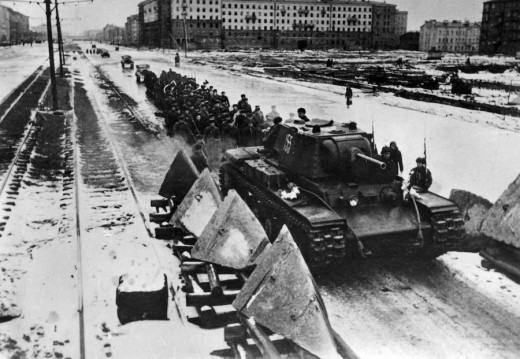
Finale
The siege lasted 907 days and is a tribute to Russian endurance. It shows the limits to which a man's resolve can go up to. The Leningrad siege is an example of what the human body can achieve.
The siege was also a battle between two formidable dictators Hitler and Stalin and Stalin won. Probably at that time it did not occur to the Soviet rulers that their empire would collapse within four decades of the lifting of the siege of Leningrad. They also would not have known that Leningrad would be renamed, Saint Petersburg.

